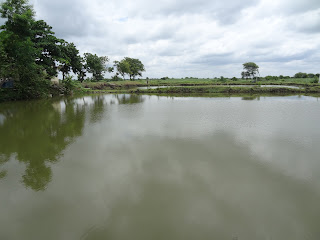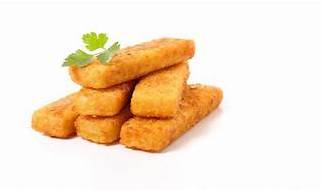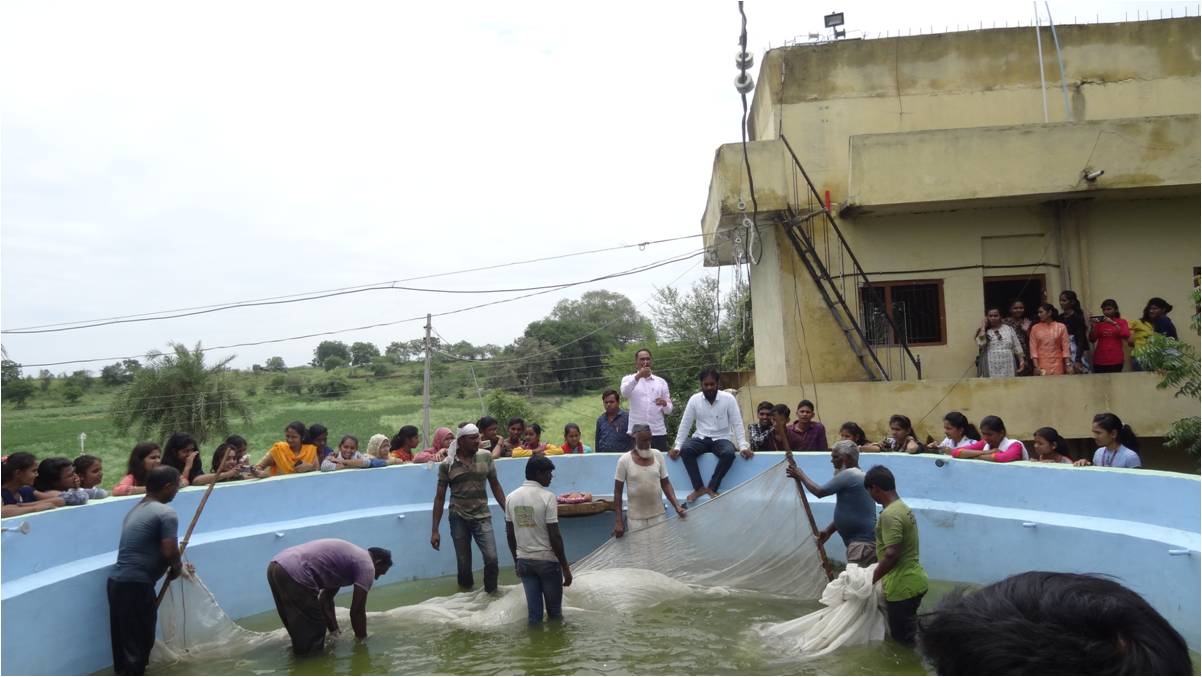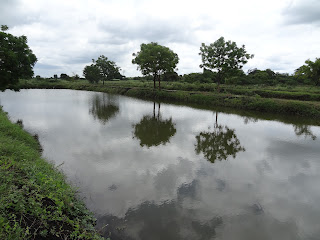Brackishwater Fishes: Brackishwater fish are those that thrive in water with a salinity (saltiness) level that lies between freshwater and saltwater. This salinity range typically falls between 0.5 parts per thousand (ppt) and 30 ppt.
Many fish species have adapted to this unique environment, and they play an important role in the ecology of brackishwater ecosystems, such as estuaries, mangroves, and coastal lagoons. ‘Brackishwater Fishes’
Brackishwater Fishes
1. Hilsa ilisha (Ham.) Clupea ilisha (Day).
Popular name : llisha, Chaksi
Local names : Paa
Environment : Marine water

Characters :
- Hilsa ilisha is famous throughout India. It is a popular food fish, particularly in Bengal. It is the largest among the sardines.
- It is an oblong compressed fish with both profiles equally convex.
- Males are shorter than females in length. They become mature at the age of 1-1/2 years.
- Maximum size about 60 cm and weight 2.5 kg.
- It is a fast swimming fish and feeds on both phytoplankton and zooplankton.
- It is deep water euryhaline fish. Basically it is marine but lays its eggs in freshwater.
- They use to migrate from the Bay of Bengal and regularly reach as far as Allahabad through the river Ganges. ‘Brackishwater Fishes’
- Color of this species is silvery, shot with gold and purple, Greenish above.
- It may spawn several times during the spawning season. Eggs are 2.0-2.3 mm. in diameter.
- Hatching takes place in 12-24 hours after fertilization. When the shape and characters of the adult.
2. Chanos chanos (Forsk) or Chanos salmoneus (Day).
Popular name : Milk-fish
Local names : white mullet
Environment : Marine water

Characters :
- It is common on the Malabar coast. It is abundant in the coastal waters of the Arabian sea and with regularity they migrate towards the river mouth for spawning.
- When their eggs hatch out, larvae grow into fingerlings and the latter leave for the sea.
- It is highly esteemed as food and is of considerable in fish culture in embanked brackish water.
- Body is compressed, beautifully shaped with silvery green along back. Scales are small. Mouth is small and toothless. ‘Brackishwater Fishes’
3. Lates calcarifers (Bloch).
Popular name : Sea perch
Local names : Fitadar
Environment : Marine water

Characters :
- It often frequents brackish waters and freshwaters.
- It grows to enormous size reaching 1.5 meter in length and weighing 5.0-6.0kg.
- The usual market size is about 45-50 cms.
- The body is oblong and the mouth is in front of the snout.
- First dorsal fin has strong spines and the caudal fin is rounded.
- Colour grey, dark green along back and silvery below.
- This species can be cultivated in tanks.
- It is an excellent game fish and is from its airbladder.
4. Tilapia mossambica

Characters :
- Body short, more or less elongate abdomen rounded.
- Head compressed, with concave upper profile.
- Mouth terminal, large at least ¾ width of head or often nearly as wide head.
- Dorsal fin inserted above base of pectoral, with 15 or 16 spines and 10 or 11 rays.
- Anal fin with 3 spines (rarely four), third spines a little longer than the dorsal.
- Caudal fin rounded, may be truncate in the young.
- Scales are cycloid.
- Lateral line incomplete, upper one with 18-21 and lower one with 10- 15 scales.
5. Mugil Cephalus (Mullet)
Characters:
- Found in coastal tropical and subtropical waters worldwide.
- Body is cylindrical and robust, slightly compressed laterally.
- Head is Broad and flattened, wider than the mouth cleft.
- Mouth Small, with an upper lip lacking papillae and containing several rows of small teeth.
- Two dorsal fins, the first with 4 spines, the second with 8-9 soft rays. Anal fin with 8 soft rays. Pectoral fins have 16-19 rays and a dark axillary spot.
- 36-45 scales in a lateral series.
- Color of body is back is blue/green, flanks and belly are pale or silvery. Scales on the back and flanks often have longitudinal stripes.
- Size is 30 to 75 centimeters (12 to 30 inches) in length.
- It is an important food fish species in many regions.
- Also used in aquaculture due to its fast growth and tolerance for a variety of environmental conditions.






